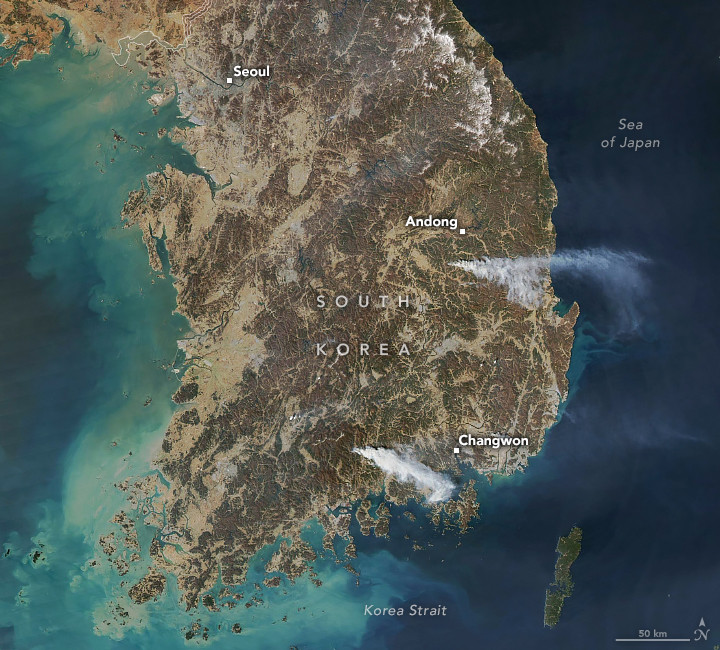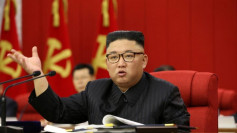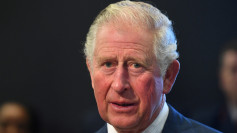South Korea is battling the worst wildfires in its history as multiple blazes raging across the southeastern region have killed at least 28 people, injured dozens, and forced over 37,800 residents to evacuate. The fires, which ignited last Friday and have rapidly spread due to strong winds and dry conditions, have consumed more than 38,665 hectares-or over 95,500 acres-according to the country's disaster response center.
The hardest-hit areas include the city of Andong and the counties of Uiseong, Sancheong, Cheongsong, and Ulsan. Authorities have mobilized more than 9,000 personnel and approximately 120 helicopters to combat the fires, though efforts have been severely hampered by weather. Korea Forest Service Chief Lim Sang-seop said expected rainfall of less than five millimeters would likely do little to contain the blazes.
Acting President Han Duck-soo described the situation as "a critical national emergency," noting the "unprecedented rapid spread" of forest fires has resulted in numerous casualties and widespread devastation. "We are nationally in a critical situation with numerous casualties because of the unprecedented rapid spread of forest fires," Han said during a government response meeting.
One of the most devastating blazes originated in Uiseong and spread roughly 50 kilometers east to Yeongdeok County in just 12 hours. Won Myung-soo, director of satellite imagery analysis at the Korea Forest Service, said the Uiseong fire displayed "extremely unusual spread" in terms of both scale and speed.
Among the 28 fatalities was a helicopter pilot who crashed during fire suppression efforts on Wednesday, as well as four firefighters and workers who were trapped by advancing flames. Civilian deaths have been concentrated among the elderly, many of whom either could not evacuate quickly or refused to leave their homes.
More than 2,600 structures, including homes, factories, and vehicles, have been damaged or destroyed. Historic and cultural losses are mounting. In Uiseong, about 20 of the 30 buildings at the Gounsa Temple complex-dating back to the 7th century-were burned. "The buildings and remains of what Buddhist monks have left over 1,300 years are now all gone," said Deungwoon, the temple's head monk.
Two state-designated national treasures-an elevated 1668 pavilion and a 1904 Joseon dynasty building-were among the destroyed structures. Meanwhile, firefighters are working to protect the UNESCO World Heritage sites of Hahoe Folk Village and the Byeongsan Confucian Academy in Andong. Officials have warned that the blaze could jump the stream separating the historic area from active fires.
Helicopters have been dropping water over Juwang Mountain in Cheongsong, where thick plumes of smoke were visible Thursday morning. Fire crews and temple workers were seen wrapping fire-resistant materials around a Buddhist stone pagoda and spraying water on surrounding areas in an attempt to prevent further destruction.
The Korea Forest Service raised its wildfire alert to the highest level, requiring expanded emergency response measures, restricted access to forests and parks, and suspension of military live-fire exercises. The safety ministry also released aviation fuel from military reserves to keep helicopters airborne.
Scientists attribute the fires to intensifying climate conditions. Climate Central, an independent consortium of scientists, said in a report that warming temperatures and human-induced climate change have turned dry landscapes into "dangerous fire fuel." South Korea's experience echoes global trends, as extreme weather events including wildfires, floods, and heatwaves become more frequent and deadly.






